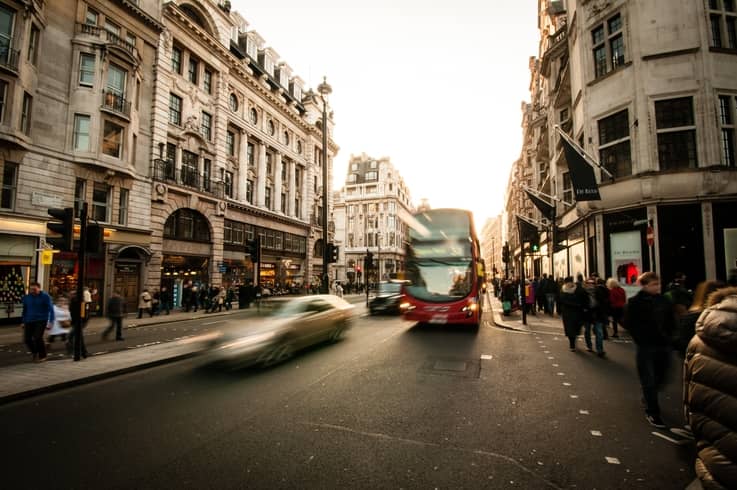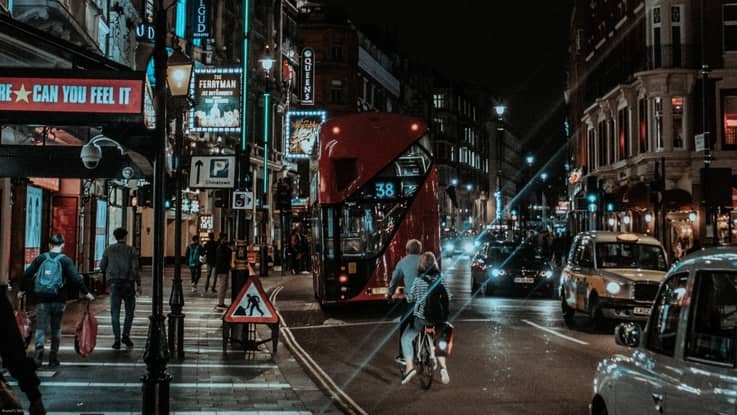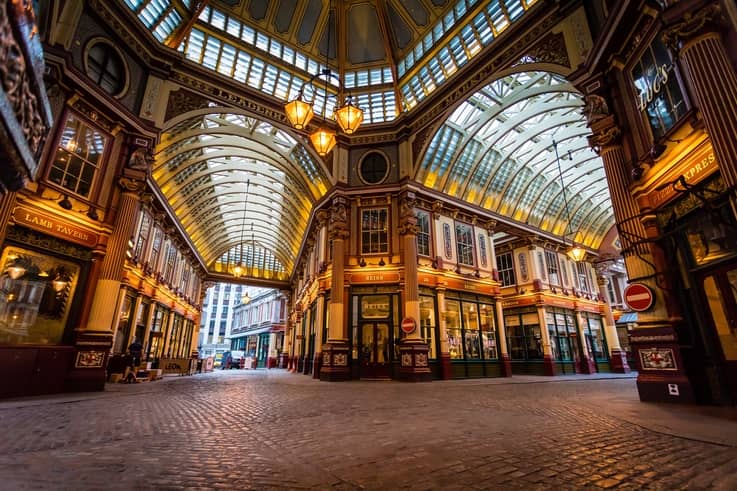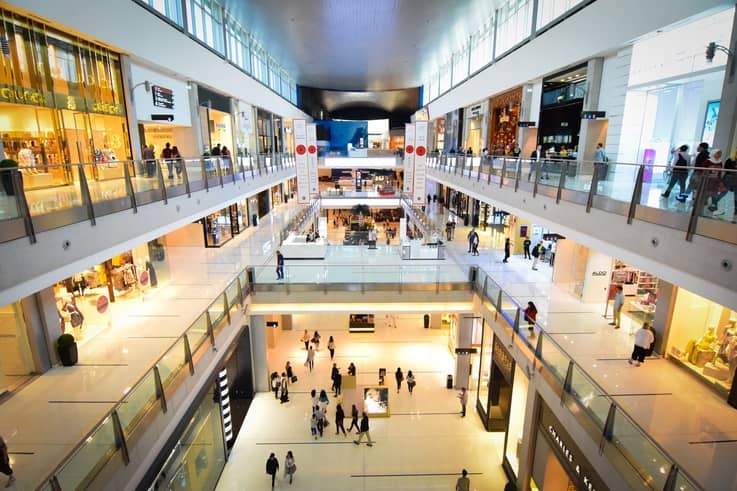London’s Calling – Shackleton on progress in the retail capital
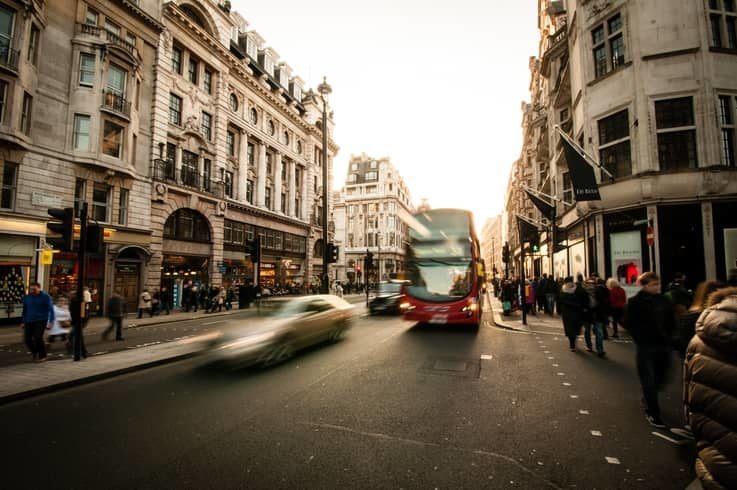
When it comes to retail London is quite probably the world leader. The incredible mix of high street brands, luxury, independents and shopping centres is unique, and Shackleton Property is one company helping keep it that way.
It advises retail landlords and occupiers on their retail estate strategy to ensure that every development is different, and the mix of retail fits the intended customers. After all, the right retail in the right place benefits everyone – the shopper, the retailer and the property owner.
Director Tony Moore talks tracking retail trends, the strategies retail should be employing in the future and tailoring retail estates to different demographics:
Could you tell us in a couple of sentences what Shackleton does?
We’re retail property advisors to landlords and occupiers, focusing primarily on central London. We specialise in retail estate strategy, so advising property companies who own London estates or new developments on what retail element they should create, where they should create it and who they should fill it with for sustainability.
Our aim is to make sure that each estate or development is utterly different, so that from the consumer’s point of view they’re going to enjoy the best of London’s retail without seeing too much repetition.
Are there different demographics for different areas of London?
I think the demographics can be extremely subtle. When creating or improving real estate, one of the first things that we look at is the demographic of the area because it’s easier to build off the back of that rather than trying to get a whole new demographic to go to that location.
The key demographics are age range, mix between male and female, and then price spend. Then there’s subtleties and data that might not be out there, but as an expert advisor or even just as a consumer in London, you know the differences and how to tap into that.
Are there any projects that you’re particularly proud of?
It’s ones where we genuinely find that we have made or are making a difference. We’ve been part of the development of Seven Dials over the last 15 years and it’s gone from being a little-known collection of back streets off of Covent Garden to quite an enviable collection of shops and restaurants.
It does have a nice point of difference. It is a premium location, but also it’s chock-a-block full of what we call firsts, so it might be someone’s first shop, but it might also be the first UK store for a big fashion brand from abroad. Or maybe it’s an online brand and it’s their first foray into retailing.
There’s other elements as well like advising on Camden Market. There’s going to be lots of improvements and new development there over the next few years, and we’re very proud of the level of involvement we’re having in that.
If you get Londoners going to a certain location, do you find tourists want to go there too?
Absolutely. It’s very apparent when tourists come to this country, they want to get a London experience. If Londoners are enjoying new areas then tourists will go there too.
It would be very unusual for any new developments of a sizable nature to be built in London that are just targeted at tourists. That would be a fundamentally flawed strategy. The hardest thing in creating new London retail destinations is to make them appeal to a broad range of people if possible, so that they’re successful whilst having a distinct point of difference. That’s the challenge.
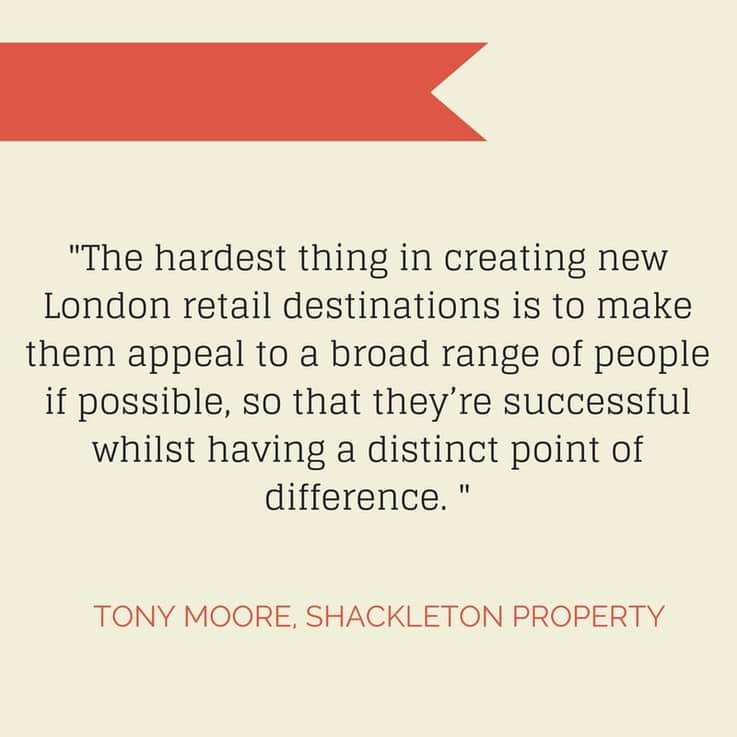
Is there a trick to doing that?
It comes down to the demographics, and then it comes down to what’s right on trend at that time. A good example is Savile Row, which is full of wonderful old tailors. On one level it’s a very successful street and it does have a distinct point of difference, but not broad enough appeal.
The subtlety there is to broaden its appeal without losing its point of difference, so that’s encouraging other types of brands and retailers to take space there that will complement the tailors like footwear or accessories. Still keeping it very luxury and men’s.
How do you work out which brands are on trend? How do you identify the things that your demographics will be interested in?
For us, that’s about being informed, and the best way that we can be informed is to make sure that we’re going to see brands here and abroad, pounding the streets and going to fashion brand shows.
Often it does strike you that even though London is still the greatest city on Earth in terms of what we offer by way of retail innovation, in Stockholm for example, there is an interesting space with a collection of four or five retailers around a central area. That central space turned into a bar in the evening and there was a bar on the roof, which is not a completely unique concept, but it’s hard to achieve that in London. I think London could benefit from more of those practical uses.
Elsewhere, we see places where there are single landlords and that means you can move a street or an area along much, much quicker, whereas this is slow to accomplish in central London.
Why is that?
It’s having a single vision, so you’re not confused by everybody else’s vision. It’s representing a street or an area to proceed in one go, so you’re going to get more gravity to do what you want to be able to do. Then most importantly, it’s getting a tenant mix where the tenants are complementary to each other rather than competing with each other.
South Molton Street is a great example where it suffered from having lots of different landlords for decades, and so it has moments of excellence when a few good occupiers move into it and then moments of disaster when soup sellers move in, trying to entice or trick consumers into their shop by offering them free soup outside.
We are advising Grosvenor on the street, and are hoping that, finally after decades, it can move forward with a single vision, and so there’s less chance of someone leasing to something that will not add anything new to the street.
What strategies do you feel that landlords and property companies are using today? Do you think they’re different now?
I think the major changes that landlords have taken on is that they’re trying to be innovative and move forward. There are elements that have almost become mainstream in central London like actually employing marketing and PR companies to promote an area and giving those companies a decent budget to be able to do that.
From a consumer’s point of view, that’s the usual sort of PR stuff in terms of getting the names of that area on social media, but also organising and promoting events. Events in London do prove to be very successful if you get them right. A good example is in Seven Dials where twice a year there is a shopping event where all the shops give a discount. That’s very successful.
But then they put on another free summer event with no discounts in the shops, just shutting some of the streets and putting on bands and street food and that sort of thing. They found that it was hugely popular and what they realised is that you don’t have to bribe people to come. If you get the event right, then people will come
Landlords are also adopting this for placemaking. It’s about making an estate or development so much more than just the individual parts, understanding that their estates are not only for their enterprise but also for their residential occupiers and the visitors to those areas. Placemaking is a permanent part of estates now, and that can be quite subtle, but it means that you are making it relevant to all of its occupiers and anyone that visits the estate.
Probably the third biggest innovation over the last 10 years is being more flexible with leases, so short leases, and the emergence of the benefits of pop-up occupiers, are no longer seen as an inconvenience, but very efficient traffic drivers.
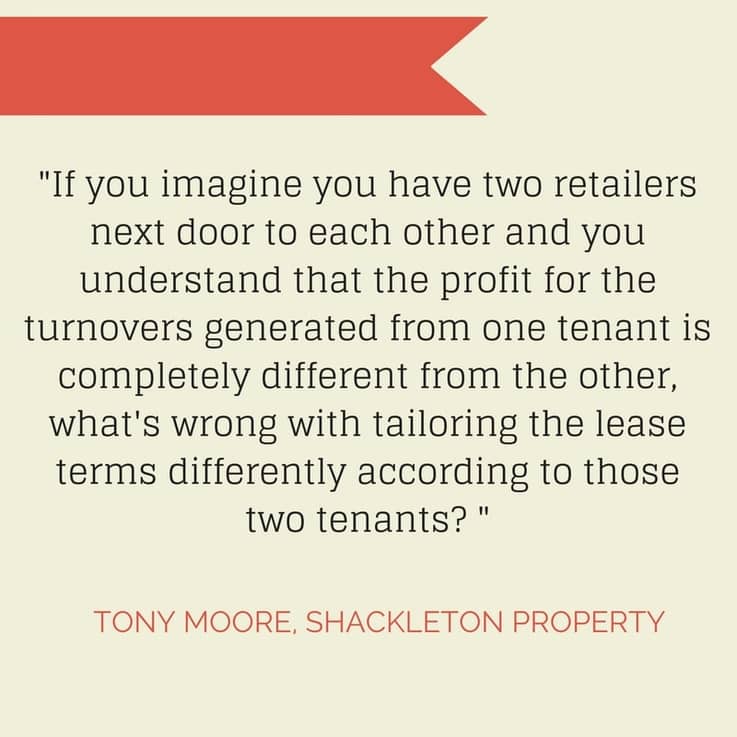
Do you think there are any more big changes in strategy that are going to come along?
It won’t be big changes because we’re talking about institutions here. I think there will be a general trend for landlords to understand their retail occupiers’ businesses better to get closer to them. Because we’re in central London and retailers and restaurants are such big value drivers in terms of the amounts of rental income that they’re getting from them, they have to be aware of them. If they understand how those businesses make money, then they’re going to benefit further from sharing in that profit.
Retail can also define a building. It’s the ground floor of a huge office building above, and we find that landlords have already started, and will continue, to be more choosy about who goes in the ground floor. They got excited if you delivered an interesting new grab-and-go food concept or gym that they could boast about from the ground floor. Now they get more excited if you sign up 1Rebel or Barry’s Bootcamp, which offer that nice point of difference, but often signify a much higher level of quality. It’s offering a service to the building as a whole.
Going forward, I think we’ll see more and more landlords being even more flexible with lease terms and linking more with turnover of retailers. If you imagine you have two retailers next door to each other and you understand that the profit for the turnovers generated from one tenant is completely different from the other, what’s wrong with tailoring the lease terms differently according to those two tenants?
Historically big institutional landlords wanted nice long leases to secure covenant, but there’s lots of landlords now who are showing that if you’re not doing that, if you’re free to search and listen to really interesting smaller brands on a shorter term, you see great rental growth and great returns for investors.
Landlords are collecting more and more information about their tenants, such as writing leases where tenants have to show their generation from their stores. That’s more information for the landlords and greater understanding about who does well and who doesn’t do well on the estates, and also what sectors do well. This is the sort of intelligence that shopping centres have benefited from for years, but it’s only now that landlord estates are picking up on this.
Why do you think spaces like Westfield are so successful?
For me, that’s because they are a shopping centre at the end of the day, which always implies two things – convenience and mass market. It’s very hard for shopping centres to do anything, but have really, really broad appeal.
London is getting much better at having a broad appeal and keeping some sort of identity. There isn’t really a lot of difference now between Westfield London and Westfield Stratford. You can easily land in either and forget which one you’re in. Part of that is there’s a general perception that they struggle to attract interesting independent retailers, or new brands from abroad that no one has heard of.
When Westfield London first opened, there were some of those and they struggled to last because the consumer was still a consumer that was largely looking for convenience and looking for the brand name that they know and love. If they didn’t recognise a brand name, they wouldn’t bother going in it.
I think there’s something to be said for improving the quality of those brands. I think there is a serious market there for shopping centres with mass fashion brands. It’s something a little bit more interesting and approachable, but still very, very recognisable like Zara.
There’s an increased understanding from landlords that promoting your estate in terms of a nice website has a certain reach. It’s about linking your PR company as much as possible with all the PR companies or individuals working for all your different tenants and their social media footprint.
I think London estates have a much more interesting reach than shopping centres because if you imagine you were Zara and you just announced that you’re going to open new store in Basingstoke or something, it’s just another store.
Whereas say in Camden, there’s an eatery that opened there that’s called The Cheese Bar, which does toasted cheese sandwiches. They sent out this little video which went viral. That’s a much more impressive and interesting reach than Zara just announcing they’re opening another store. I think the possible social media reach of London estates is just the same now as for occupiers, which is fascinating.
What would be your three recommendations to a landlord or property company if they wanted to do better?
It starts with the right advisors. You’ve got to get the right people around you to say the right things and listen to their advice. That’s not just retail property advisors like us but it’s also getting the right marketing and PR people on board and potentially the right architects on board, and the right planning advisors on board.
Working on what you’ve got is probably my next best start when we’re advising in a new area. It’s looking at what is there at the moment and trying to work from that. It’s not change, it’s subtle evolution. It’s picking the best of what’s there and making it better rather than looking to wholesale change it because that’s going to be harder work and probably pointless.
Thirdly, I think it’s understanding retail business and how today’s landlords can work with retailers rather than just seeing them as the tenant. We’re just starting to see in London occupiers being interested in their landlord, and the services and marketing companies that they employ to help promote those tenancies. It’s the landlord selling themselves to the tenants, which obviously is something that institutional landlords would have found abhorrent 10 years ago.
For more top insights, see what these 17 retail design experts think stores will be like in 2025.
Want to go straight to the hottest retail technologies, latest disruptive thinking and simplest new ways to lower costs and boost sales? Transform your team’s thinking using Insider Trends’ little black book. Find out how here.

